Spruce "Edith": description, planting and care, reproduction
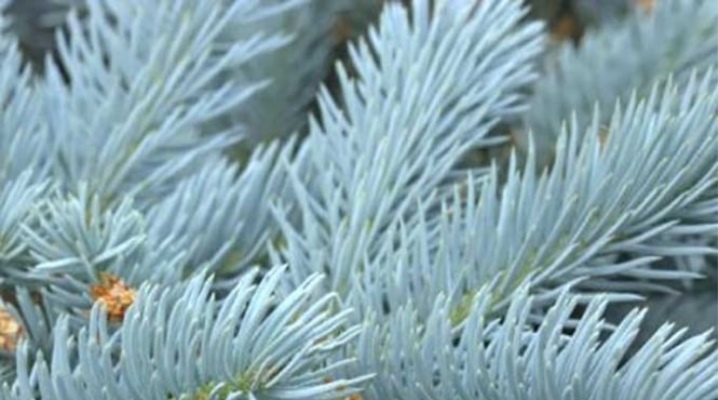
Miniature thorny spruces are very popular with country house owners. The cultivar "Edith" (Picea pungens Edith) has won a special love of gardeners. This is a beautiful evergreen plant with graceful blue needles of a silvery shade. An unpretentious variety is widely used in landscape design.
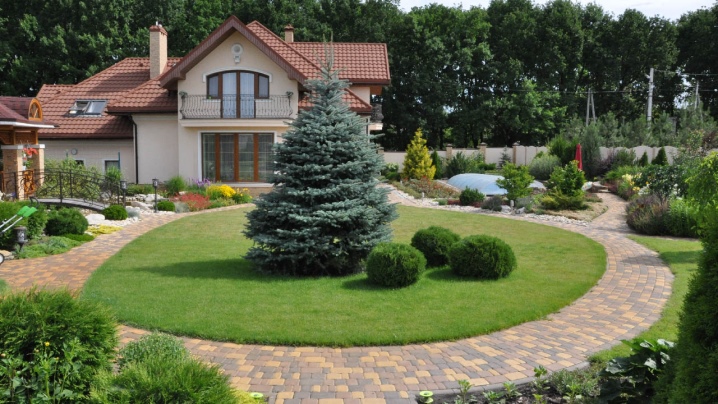
Description
According to historical information, the beautiful variety "Edith" was bred in the mid-70s of the last century in Poland (the city of Sopot). Elemir Barabitz was the creator of a new type of blue prickly spruce. By the way, the plant is named after his wife. There is an opinion that the Polish breeder used the popular Hoopsie variety as a "source". Many experts believe that "Edith" is precisely the elite form of this variety of prickly spruce, which is distinguished by an elegant, slender crown and magnificent colors of needles. The distinctive features of an evergreen tree include the following.
- Amazing shade of pine needles. Thin blue needles are cast in silver. Experienced gardeners call this variety "the bluest of all blue spruces."
- Tree crown - graceful conical shape, which is famous for its density.
- "Edith", like all thorny spruces, is slow in growth. By the age of ten, the plant reaches a length of 1 to 2 meters. Subsequently, the growth rate increases significantly (up to 30 cm per year). By the age of 20, the evergreen conifer has a height of 5-6 cm.However, this variety is known for its miniature size. Even in mature years, its length does not exceed 10 cm.
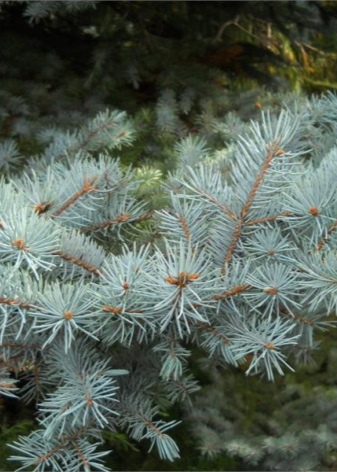
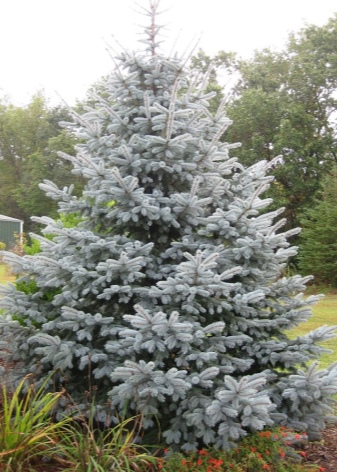
An important feature of the Edith spruce is its natural ability to “keep” its shape. In this process, the plant is assisted by the shoot-leader, which serves as the basis for the formation of the correct crown. At the age of 6, the Edith spruce begins to be decorated with small cylindrical cones (up to 8 cm). In the spring, they have a beautiful pinkish tint, which turns into a rich brown over time.
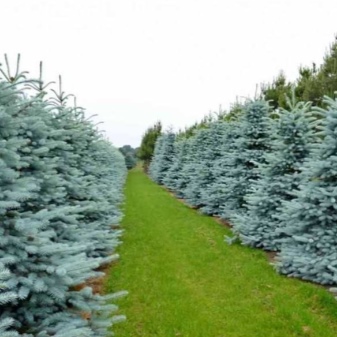
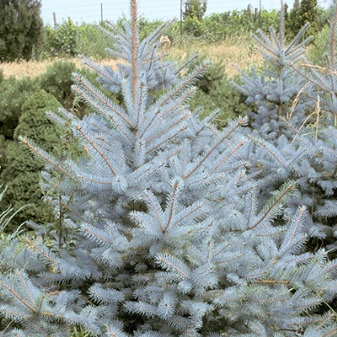
Peculiarities
"Edith" is not afraid of low temperatures and has excellent frost resistance. Also, the ephedra does not suffer from air pollution within the city. Prefers sunny areas, however, is able to grow in a dark place. In open places with a lot of light and heat, the Edith spruce is able to show itself "in all its glory": the crown becomes more magnificent, and the blue shade of the needles is striking in its magnificence. The variety prefers well-drained, slightly acidic soils. Thorny spruce does not tolerate drying out of the soil and needs regular watering. In this case, excess moisture is also undesirable.
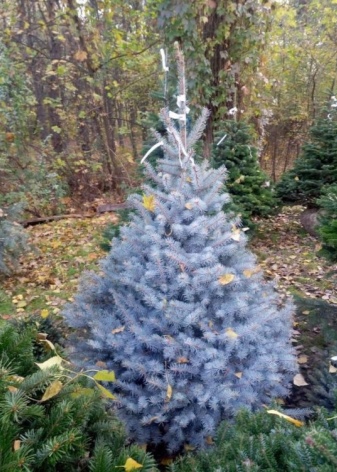
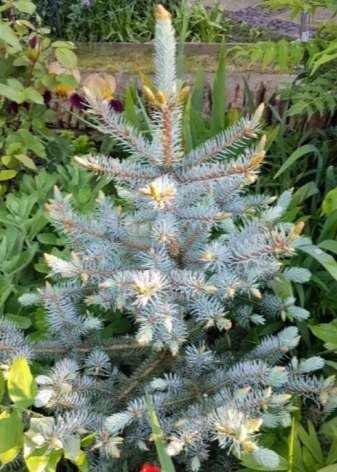
Planting rules and care
It is important to prepare the ground first. Spruce prefers light, loose soils that are highly oxygen and moisture permeable. It is also important to have drainage in the planting pit. The rules for planting prickly spruce are as follows.
- Thorny blue spruce is usually planted in spring. However, planting of the Edith variety can also be carried out in the last days of August, when the heat “subsides”.
- The depth of the planting pit is 40-60 cm. When planting in groups, it is necessary to maintain a distance between seedlings of at least 2 meters.
- A drainage layer is laid out at the bottom of the recess.
- Sand, peat and forest soil are suitable for the potting mix.
- In the planting hole, the root system of the plant must be evenly spaced.
- The seedling is covered with soil mixture. The root collar should be flush with the ground.
- After planting, the soil around the plant is watered abundantly and mulched with peat.
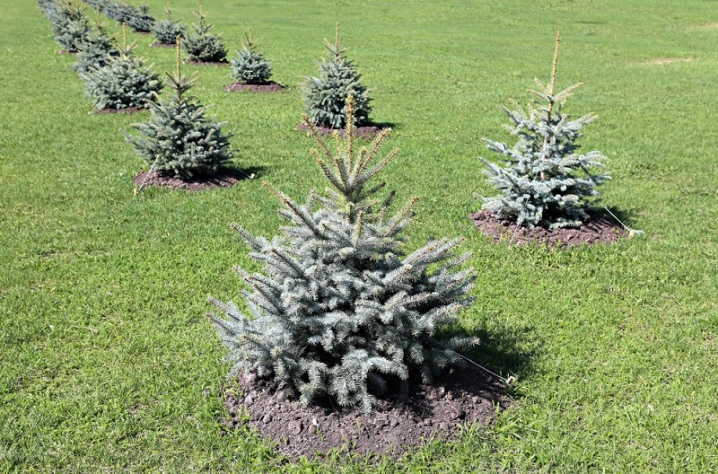
Despite its obvious unpretentiousness, the Edith spruce requires a certain amount of care. For example, this variety suffers without regular watering. It is necessary to moisten the soil 1-2 times a week. Young trees should be watered more frequently and abundantly. Conifers also like to “take a shower” with a hose or watering can. In this case, the water should not be ice cold.
As for feeding, the main fertilizer is applied during the planting process. The next top dressing is done a few years later in the spring. In addition, caring for a young tree involves regular loosening of the soil and mulching. Sawdust, dry leaves and peat are used as mulch. Do not forget about sanitary pruning, during which dry, old branches are removed. It is carried out in early spring and late autumn.
Thorny spruce propagates by cuttings, seeds and grafting. Undoubtedly, the easiest option is to buy a young seedling from a proven nursery. It is better for novice gardeners to use a method that involves the propagation of a plant by seeds.
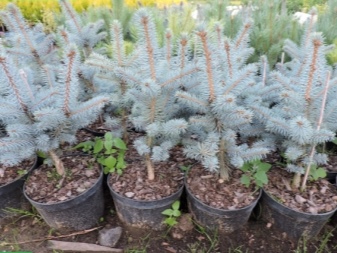
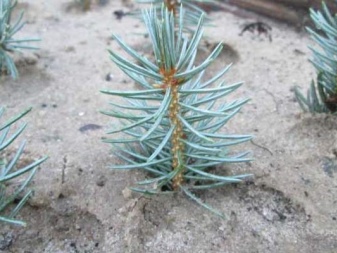
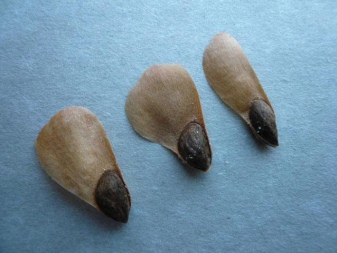
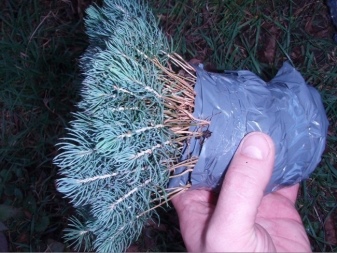
Use in landscape design
This variety is versatile. It is equally good in single plantings and group plantings. Miniature spruces with blue, silver needles are planted within the city and in garden plots. On the adjacent territory, conifers are used as a hedge, and they are also able to "divide" the site into several zones. Note that the evergreen plant does not lose its attractiveness even in winter.
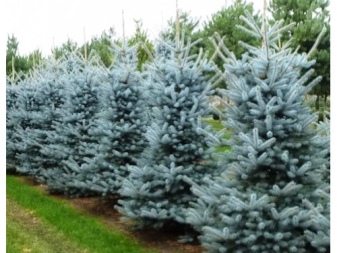
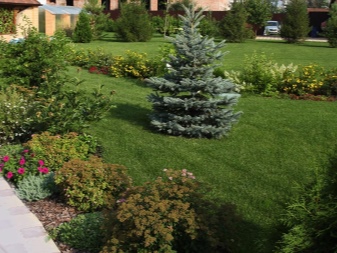
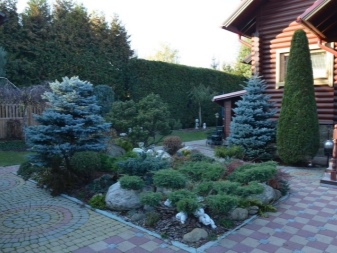
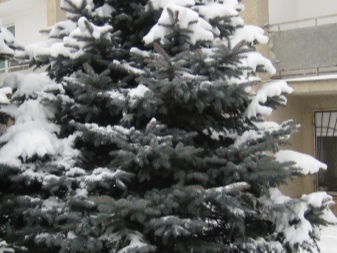
You can learn more about Edith's prickly spruce in the next video.



































































The comment was sent successfully.